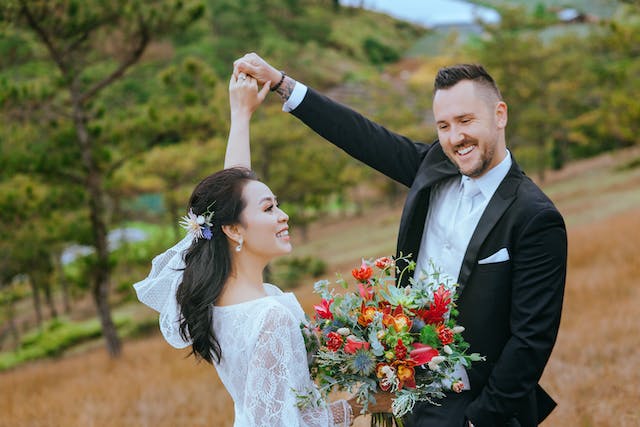Unveiling the Cost of Wedding Dress Alterations: A Bride’s Guide
The journey to finding the perfect wedding dress is an adventure filled with excitement, anticipation, and, occasionally, a few alterations. While the pursuit of the dream gown is a joyous experience, many brides-to-be find themselves wondering about the cost of wedding dress alterations. In this blog post, we’ll delve into the factors that influence alteration prices and provide insights to help brides navigate this aspect of the bridal journey. how much are wedding dress alterations.
Factors Influencing the Cost:
- Type of Alterations: The extent and complexity of alterations play a significant role in determining the cost. Basic alterations, such as hemming or taking in the sides, are generally more affordable compared to intricate changes like reworking the neckline, adding sleeves, or adjusting intricate lace details.
- Material and Fabric: The type of fabric your wedding dress is made of can impact alteration costs. Delicate fabrics, intricate lace, or beaded embellishments may require more time and skill to alter, affecting the overall price.
- Complexity of the Dress: Intricate designs, multiple layers, and elaborate details can increase the complexity of the alteration process. Dresses with unique features may demand more attention and expertise, consequently raising the alteration cost.
- Designer Labels: Wedding dresses from renowned designers often come with a higher price tag for alterations. This is partly due to the quality of materials and craftsmanship, as well as the skill required to work with specific designer styles.
- Geographical Location: Alteration costs can vary based on the location of the bridal boutique or tailor. In urban areas or regions with a higher cost of living, alterations may be more expensive compared to smaller towns or rural areas.
- Timing: Rush or last-minute alterations may incur additional charges. Planning ahead and scheduling alterations well in advance can help avoid these rush fees.
Budgeting Tips:
- Research and Compare: Before settling on a tailor or bridal boutique, research and compare prices in your area. Get quotes from multiple sources to ensure you are getting a fair estimate.
- Plan Ahead: Give yourself plenty of time before the wedding to allow for any necessary alterations. This not only reduces the likelihood of rush fees but also gives you peace of mind as the big day approaches.
- Be Clear About Your Vision: Clearly communicate your alteration needs and vision for the dress with your tailor. This helps them provide a more accurate estimate and ensures you are both on the same page.
- Consider the Overall Budget: Factor in alteration costs when establishing your wedding budget. Knowing what you are willing to spend on alterations can help guide your dress selection and avoid surprises later on.
Conclusion:
While wedding dress alterations may add an additional cost to your bridal budget, they are a crucial step in achieving the perfect fit and ensuring you feel stunning on your special day. By understanding the factors that influence alteration prices and planning accordingly, brides can navigate this aspect of wedding preparations with confidence and ease. Remember, the investment in alterations is an investment in looking and feeling your best as you walk down the aisle.
